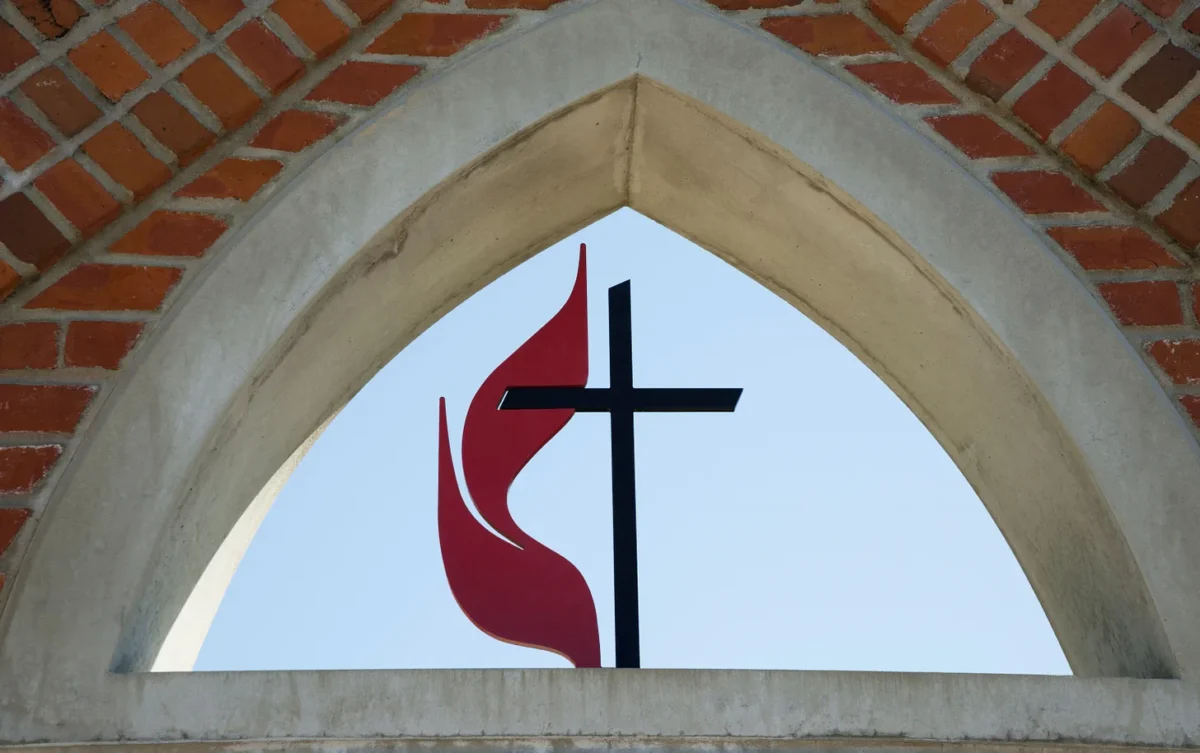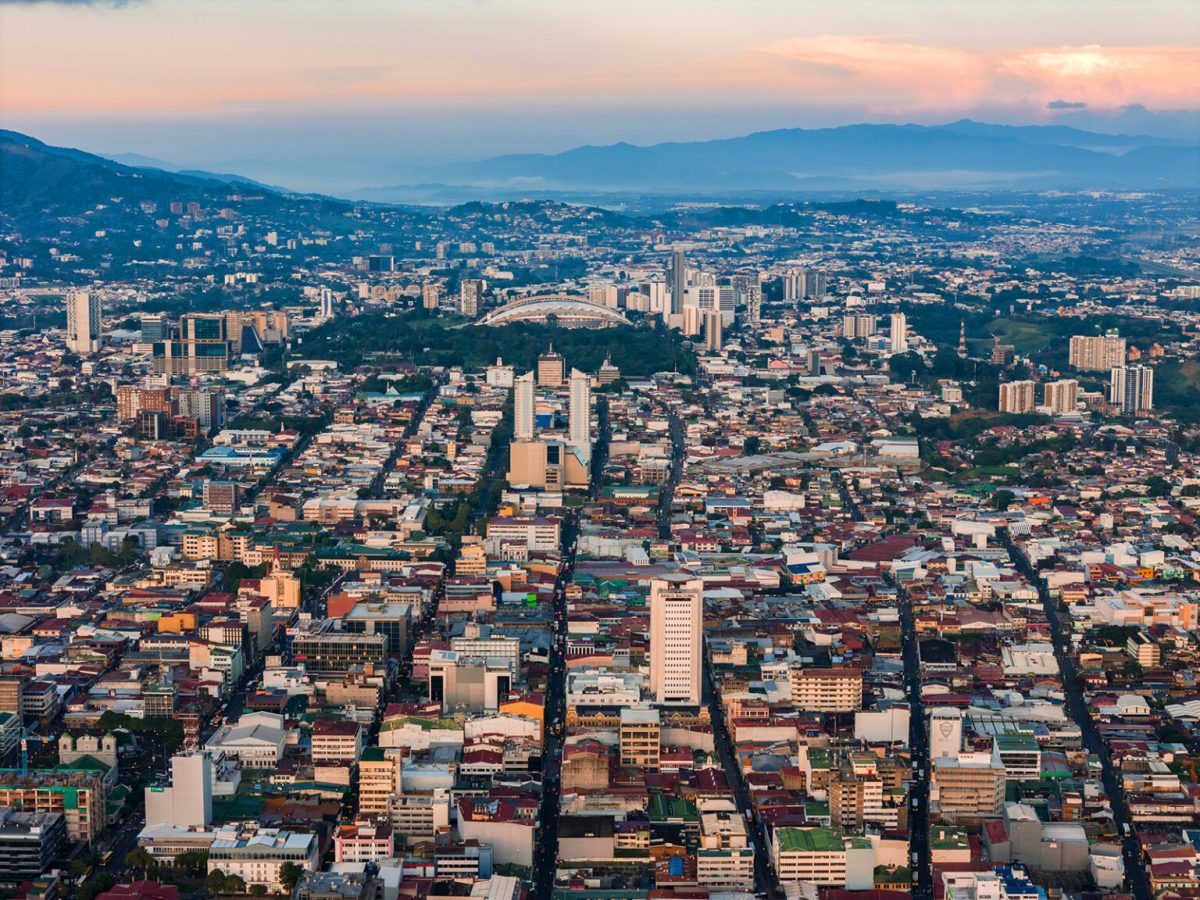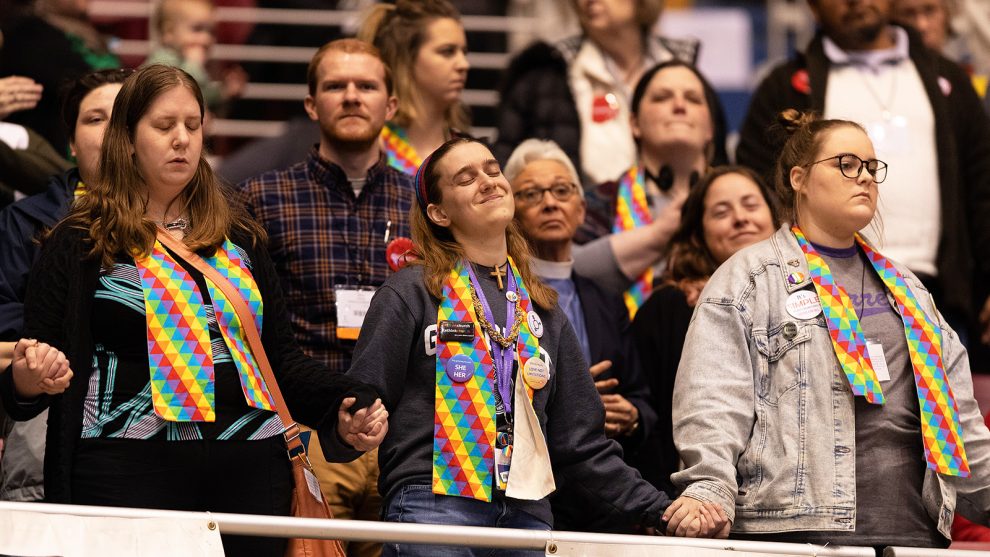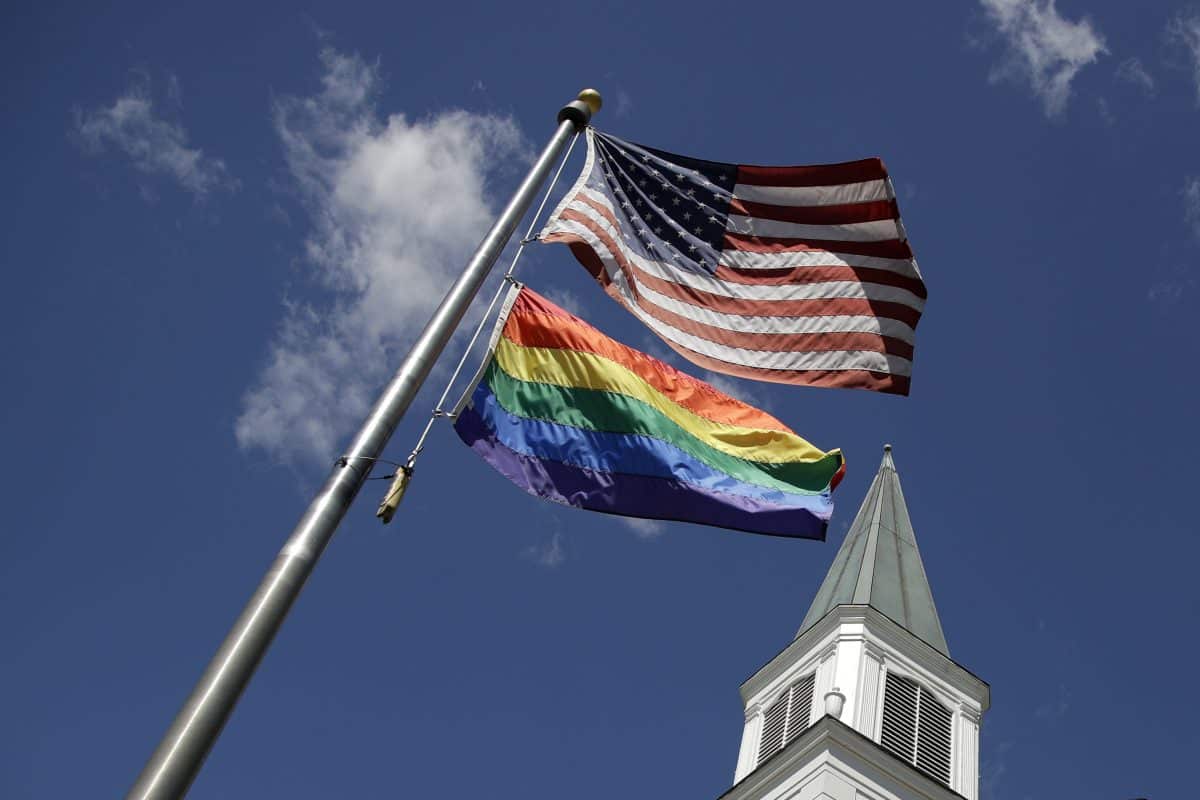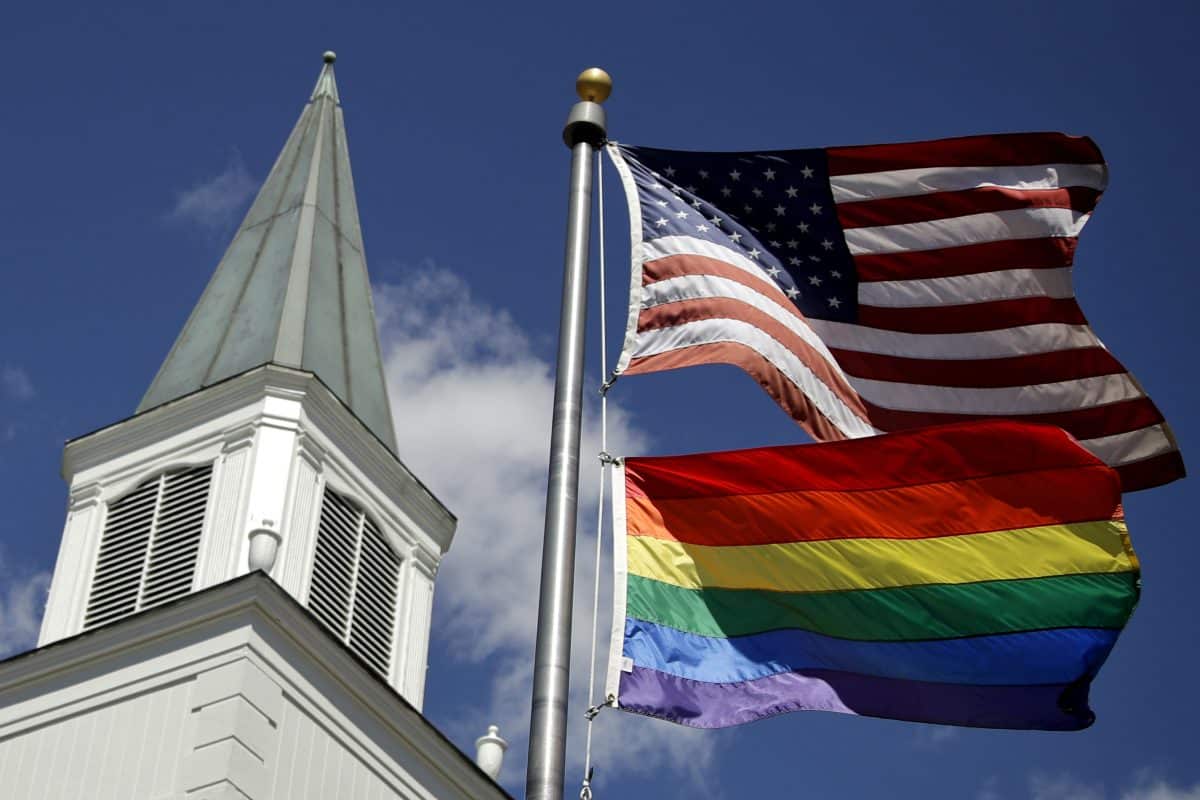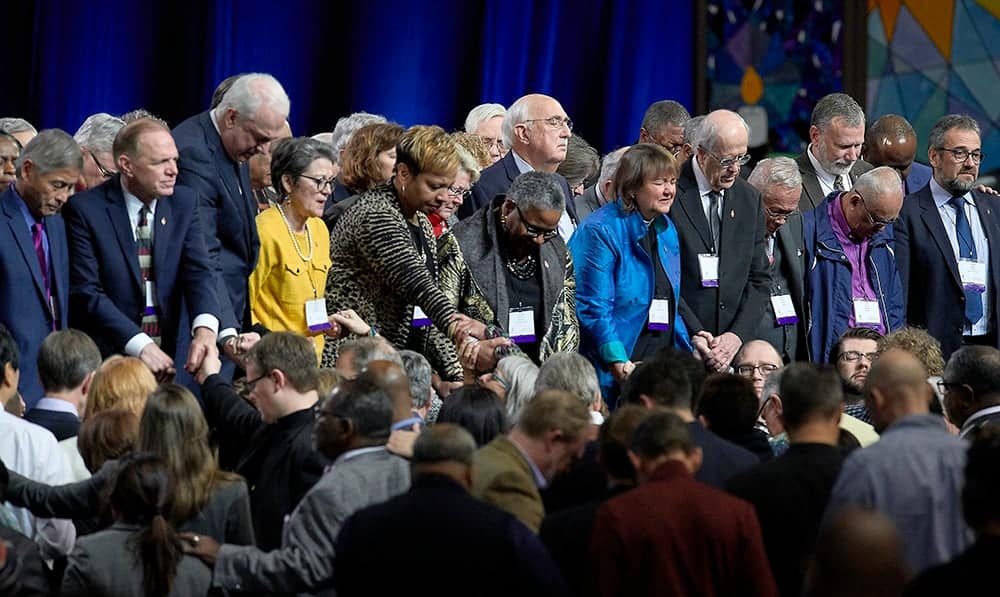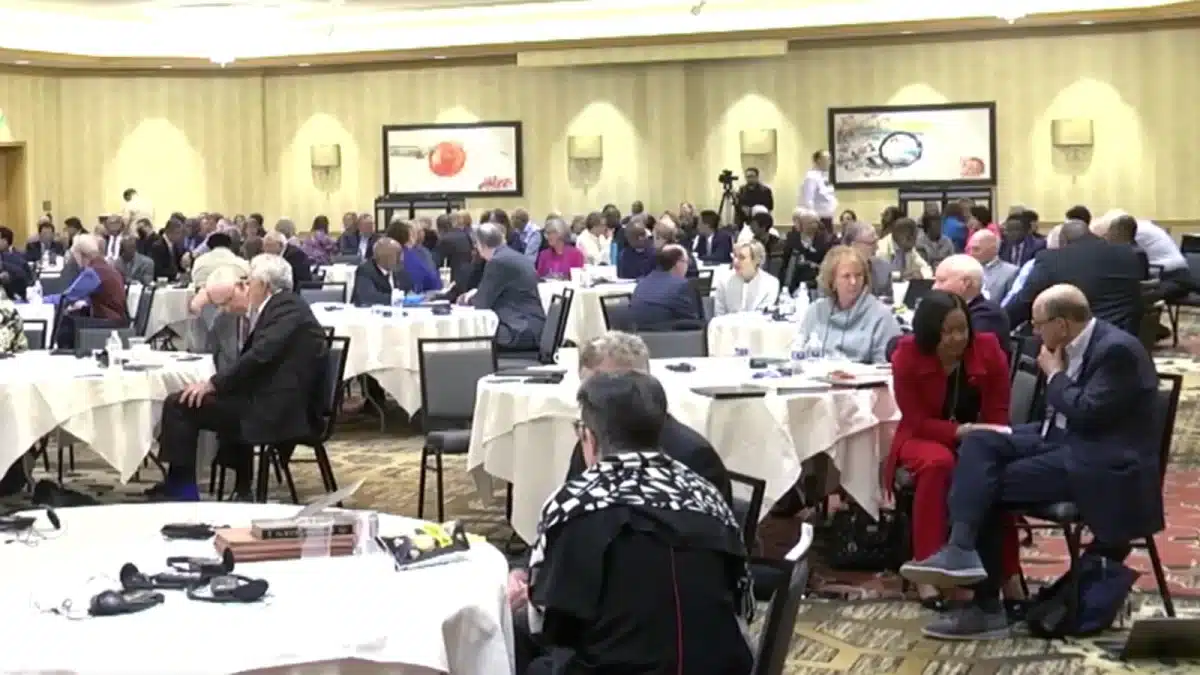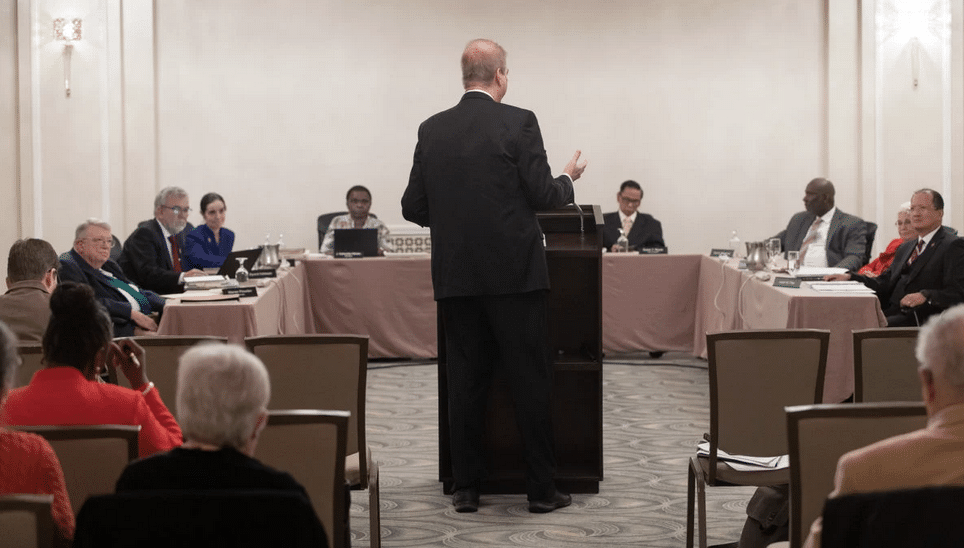Deadly Violence in Nigeria Linked to Breakup of United Methodist Church Over LGBTQ Policies
Homes were set ablaze, claiming the lives of two children, ages 2 and 4, of the overseer of a United Methodist school and nursery. Another 10 church members were reported injured.

